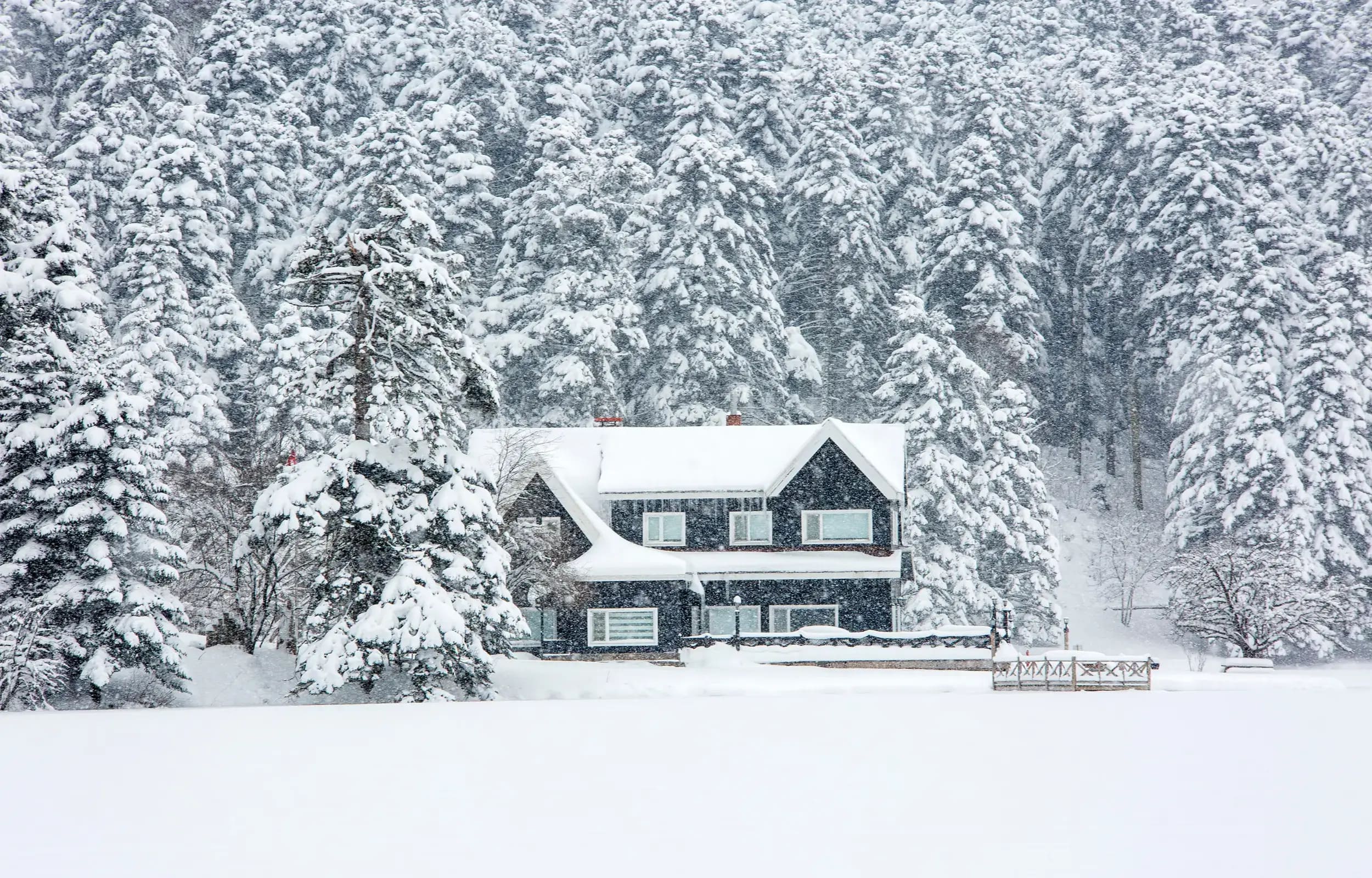When it comes to upgrading your home’s exterior, vinyl siding has long been a go-to solution. It’s affordable, available in a range of colors, and doesn’t require frequent painting. But is it really the best long-term option? In this article, we’ll explore what vinyl siding is, its pros and cons, and why more homeowners are choosing Rhino Shield as a smarter, more durable exterior solution.
What is Vinyl Siding?
Vinyl siding is a type of exterior cladding made from polyvinyl chloride (PVC). It’s designed to mimic the look of traditional wood siding, but with added resistance to moisture and pests. Installed in overlapping horizontal panels, it helps shield a home from the elements while offering a finished appearance.
Key Properties of Vinyl Siding
- Material: PVC plastic, sometimes reinforced with foam backing for added insulation.
- Colors: Available in dozens of shades, from neutral tones to bold modern hues.
- Finishes: Options that mimic wood grain, stone, or smooth textures.
- Thickness: Varies by grade — economy (0.035”) to premium (0.055”).
- Lifespan: Typically 20 to 40 years, depending on quality and maintenance.
Advantages of Vinyl Siding
- Affordability: One of the most cost-effective siding options upfront.
- Low Maintenance: Doesn’t need painting and is easy to clean with a hose.
- Variety of Styles: Wide selection of textures and colors to match any home design.
- Resistant to Rot and Insects: Unlike wood, vinyl won’t decay or attract termites.
Common Drawbacks
- Fading: Prolonged sun exposure can dull the color over time.
- Brittleness in Cold Weather: Vinyl can crack in freezing temperatures.
- Moisture Issues: If not installed properly, it can trap moisture behind the panels.
- Not Paintable: Once you choose a color, it’s hard to change without replacing it.
Average Cost of Vinyl Siding
The cost of vinyl siding installation in the U.S. typically ranges from $6,000 to $16,000 depending on the size of the home and quality of materials. That breaks down to approximately $2.50–$8.00 per square foot, including labor.
While vinyl has a lower initial cost, ongoing repairs, replacements, and potential energy inefficiencies can make it more expensive in the long run.
Why Rhino Shield is a better Long-Term investment
While vinyl siding is a decent choice for budget-conscious homeowners, Rhino Shield offers superior protection, longevity, and aesthetic flexibility that vinyl simply can’t match.
Benefits of Choosing Rhino Shield Over Vinyl Siding
✅ 25-Year Warranty
Rhino Shield comes with a transferable 25-year warranty, far surpassing the life of many vinyl siding panels.
✅ Classic Painted Look in Any Color
Choose any color you want — and repaint in the future without needing a full replacement. Rhino Shield offers a timeless, painted look with modern ceramic technology.
✅ Weatherproof & UV-Resistant
Unlike vinyl that fades or cracks, Rhino Shield is engineered to resist harsh sun, freezing temperatures, and wind-driven rain.
✅ Breathable and Moisture-Resistant
It allows water vapor to escape while sealing out moisture — helping to prevent mold and mildew.
✅ Eco-Friendly
Unlike vinyl, which is made from plastic and not recyclable in many areas, Rhino Shield is low-VOC and environmentally conscious.
How It Compares: Rhino Shield vs. Vinyl Siding
|
Feature |
Vinyl Siding |
Rhino Shield |
|
Lifespan |
5-10 years (may fade/crack) |
25+ years (warranty-backed) |
|
Custom Colors |
Limited, not repaintable |
Unlimited, can repaint later |
|
Maintenance |
Low, but may crack/fade |
Extremely low, no cracking/fading |
|
Energy Efficiency |
Basic (unless insulated panels) |
Helps reflect heat, energy-saving |
|
Cost (Initial) |
Lower upfront |
Higher upfront |
|
Cost (Long-Term) |
Possible repairs, replacements |
Lower over time |
|
Environmental Impact |
Made of PVC, limited recycling |
Low-VOC, long life span |
Final Thoughts: Don’t Settle for Just One Advantage
Vinyl siding offers a solid blend of affordability and visual appeal. But if you’re thinking long term — fewer repairs, stronger weather resistance, better energy efficiency — Rhino Shield is the better choice.
You don’t have to replace your entire exterior with plastic to get durability. Rhino Shield gives you the strength of a high-performance coating while preserving the classic look of paint — and adding real value to your home.
FAQs
Can Rhino Shield be applied over existing vinyl siding?
No — Rhino Shield is applied over traditional painted surfaces like stucco, wood, brick, and fiber cement. It’s ideal if you’re considering replacing or removing vinyl siding.
How much does Rhino Shield cost compared to vinyl siding?
While Rhino Shield has a higher upfront cost, it typically pays for itself over time through energy savings and reduced maintenance.
Is Rhino Shield available in custom colors?
Yes, it’s fully customizable, and you can match any shade you desire — something vinyl siding cannot offer.



